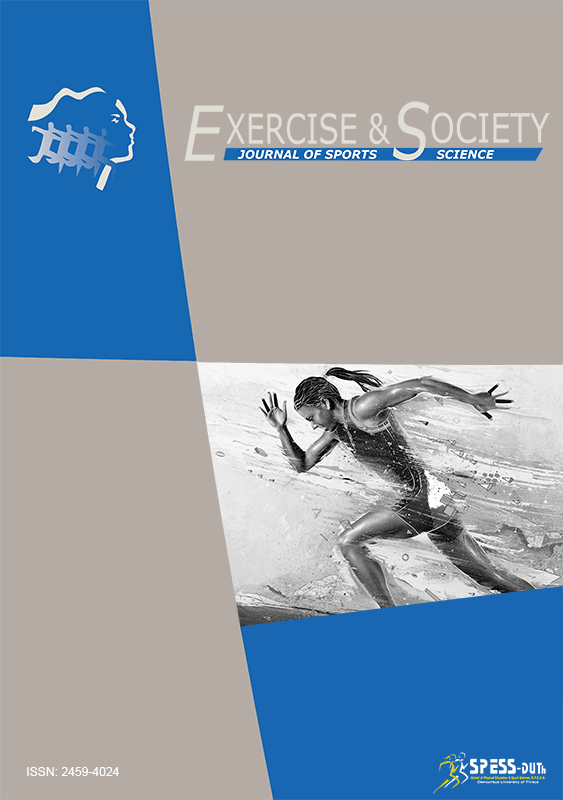Reproducibility of plantar pressure distribution measurements during normal stance and gait
Abstract
The aim of this study was to determine the reproducibility of plantar pressure parameters during normal stance and gait. For this purpose, two testing sessions were conducted on 2 separate days. Fifteen healthy subjects (10 males and 5 females) participated in the study and a plantar pressure platform was used to collect plantar pressure data. In each testing sessions, the subjects performed 10 single leg static balance trials, 10 two leg static balance trials and 10 gait trials. For static balance, the mean and maximum values of the mean pressure, the mean and maximum values of peak pressure and contact area were studied, while the mean and peak value of mean and peak pressure respectively were studied for gait. Intra-class correlation coefficient (ICC), coefficient of multiple correlation (CMC), coefficient of variation (CoV), standard error of measurement (SEM) and limits of agreement (LoA) were calculated for all the parameters. Results showed that ICC values were between 0.78 and 0.95 for the static balance parameters and between 0.78 and 0.99 for gait parameters. The above ICC values combined with small SEM values for the majority of parameters showed high reliability of the measurements in total. Additionally, the CV values were for the majority of the parameters lower than 10% indicating the high consistency of the measured parameter values. In conclusion, the results of the research make the tested plantar pressure platform a reliable tool for measuring plantar pressure parameters in both static balance and gait, on the condition that representative value is calculated from the average value of repeated trials and involves more than one trial.References
Bryant, A., Singer, K., & Tinley, P. (1999). Comparison of the reliability of plantar pressure measurements using the two-step and midgait methods of data collection. Foot & Ankle International, 20(4), 646-650.
Castro, P. M., Meucci, M., Soares, P. D., Fonseca, P., Borgonovo-Santos M., Sousa, F., et al. (2014). Accuracy and Repeatability of the Gait Analysis by the WalkinSense System. Hidawwi Publishing Corporation, Biomed Research International, Volume 2014, Article ID 348659,
Coda, A., Carline, T., & Santos, D. (2014). Repeatability of the TekScan HR-Walkway system in healthy children. The Foot, 24, 49-55.
Cousins, S. D., Morrison S. C., & Drechler W. I. (2012). The reliability of plantar pressure assessment during barefoot level walking in children aged 7-11 years. Journal of Foot and Ankle Research, 5, 8
Gurney, J. K., Kersting, U. G., & Rosenbaum, D. (2008). Between day reliability of repeated plantar pressure distribution measurements in a normal population. Gait & Posture, 27, 706-709.
Maetzler, M., Bochdansky, T., & Abboud, R. J. (2010). Normal pressure values and repeatability of the Emed ST2 system. Gait & Posture, 32, 391-394.
Orlin, M. N., & McPoil, T. G. (2000). Plantar Pressure Assessment. Physical Therapy, 80, 399-409.
Putti, A. B., Arnold, G. P., Cochrane, L. A., & Abboud, R. J. (2008). Normal pressure values and repeatability of the Emed ST4 system. Gait & Posture, 27, 501-505.
Ramachandra, P., Maiya, G. A., & Kumar, P. (2012). Test-Retest Reliability of the Win-Track Platform in Analyzing the Gait Parameters and Plantar Pressures During Barefoot Walking in Healthy Adults. Foot and Ankle Specialist, 5, 306-312.
Rosenbaum, D., & Becker, P. H. (1997). Plantar pressure distribution measurements. Technical background and clinical applications. Foot and ankle surgery, 3, 1-14.
Shimada, S., Kobayashi, S., Wada, M., Sasaki, S., Kawahara, H., Uchida, H., et al. (2006). Effect of compensation procedures for velocity on repeatability and variability of gait parameters in normal subjects. Clinical Rehabilitation, 20, 239-245.
Stergiou, N., & Decker, L. M. (2011). Human movement variability, nonlinear dynamics, and pathology: Is there a connection? Human Movement Science, 30(5): 869-888.
Zammit, G. V., Menz, H. B., & Munteanu, S. E. (2010). Reliability of the TekScanMatScan system for the measurement of plantar forces and pressures during barefoot level walking in healthy adults. Journal of Foot and Ankle Research, 3, (11).
Zequera, M., Garavito, L., Sandham, W., Camilo Bernal, J., Rodriguez, A., Camilo Himenez, L., et al. (2011). Diabetic Foot Prevention: Repeatability of the Loran platform plantar pressure and load distribution measurements in nondiabetic subjects during bipedal standing-A pilot study. Journal of Electrical and Computer Engineering, 10, 1-14.
Downloads
Published
How to Cite
Issue
Section
License
Authors who publish with this journal agree to the following terms:
a. Authors retain copyright and grant the journal right of first publication with the work simultaneously licensed under a Creative Commons Attribution License that allows others to share the work with an acknowledgement of the work's authorship and initial publication in this journal.
b. Authors are able to enter into separate, additional contractual arrangements for the non-exclusive distribution of the journal's published version of the work (e.g., post it to an institutional repository or publish it in a book), with an acknowledgement of its initial publication in this journal.
c. Authors are permitted and encouraged to post their work online (e.g., in institutional repositories or on their website) prior to and during the submission process, as it can lead to productive exchanges, as well as earlier and greater citation of published work (See The Effect of Open Access).


